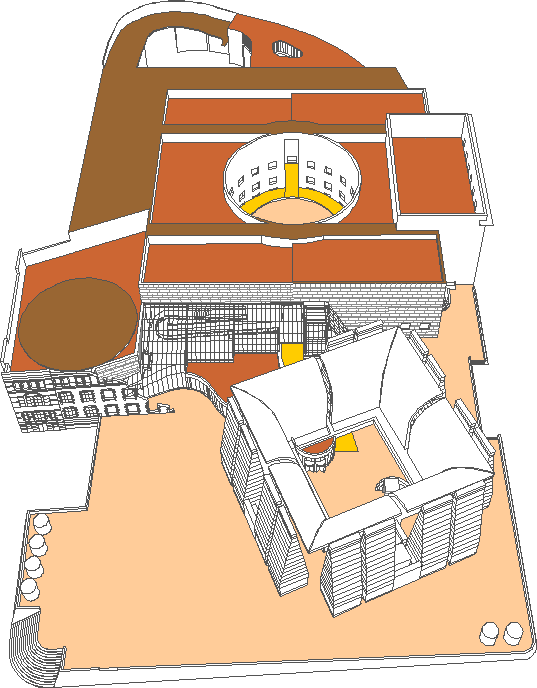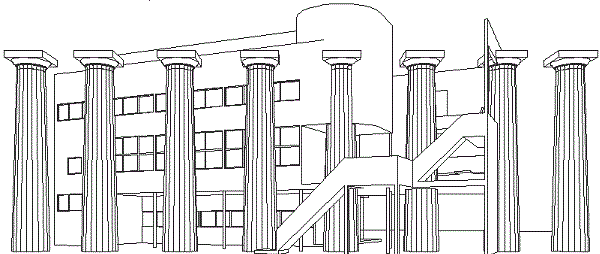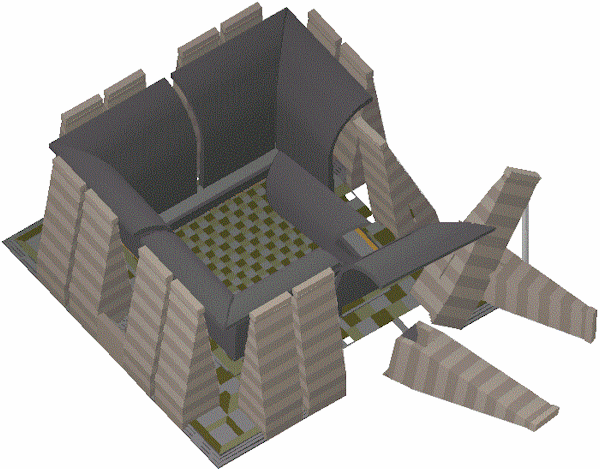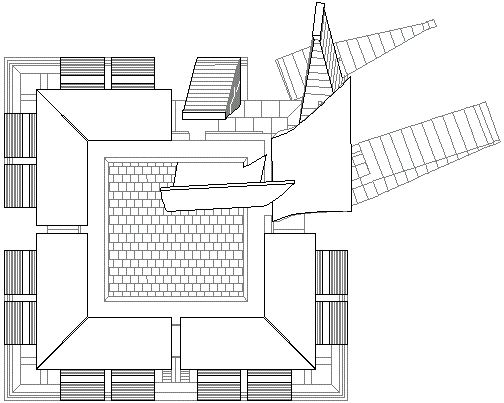2014.03.04 19:45
3 March
Letters from the space-time continuum obviously have many layers, but, nevertheless, all the passages come from specific calendrical positions along the Earth orbit relative to the Sun. It's all coincidences, but never necessarily consequential.
2014.03.10 22:16
10 March
Last night and early this morning, I read Sarah Williams Goldhagen's "Something to Talk About: Modernism, Discourse, Style" (JSAH, June 2005), where she sets out the prospect of (historians) addressing "What was, or is, modernism in architecture?" by "conceptualizing modernism in architecture as a discourse centered on the problem of how the built environment should be constructed to grapple with and respond to, rather than reject or ignore, the complex phenomenon of modernity [thus repositioning] it as a broad, deep, fundamental, yet also explicable social and cultural formation." Basically, Williams Goldhagen wants to see [the history of] modernism in architecture include all the "other" designs (by modernist architects) that are not done in the generally accepted modernist style. The desire is for a more honest rendition of modernism in architecture, but, yet, there also seems to be a subliminal assumption that (the history of) modernism in architecture would likewise provide a full history of architecture of the last 100 years. Wouldn't the most honest history of (roughly speaking 20th century) architecture include all the styles designed/produced over the last 100 years?
To be continued...
2014.03.16 19:52
16 March
After reading "Postmodern or Posthistoire?" it seems that the notion of posthistory coincides with the hyperactive assimilating imagination over the better part of the next two centuries.
2014.08.23 09:44
22 August
I might be getting Log 31 in the mail today. I ordered it at amazon almost two months ago, but for some reason they weren't able to restock it until recently. Thanks for the gesture anyway. Of course, the "focus on contemporary practitioners working openly with history" is of automatic interest to me--Quondam, as a virtual museum of architecture, is by default a contemporary 'practice' openly working with history. But, as Quondam (and its collection) developed, the notion of virtualizing an 'other' history of architecture also developed, and HQ of DATA (above) is a prime example of that. (Plus, there is the ongoing exploitation of the quickness and ease with which architectural graphic data can be manipulated via CAD--in the above case a 'to scale 'photo montage' in 3D'.) I just thought of another notion that might 'explain' some of the workings at Quondam: playing with history at the same scale.
| |
Analogous Building, 1993:

Parthenon columns at Villa Stein de Monzie, 1993:

| |
Broken Temple, 1993:


|